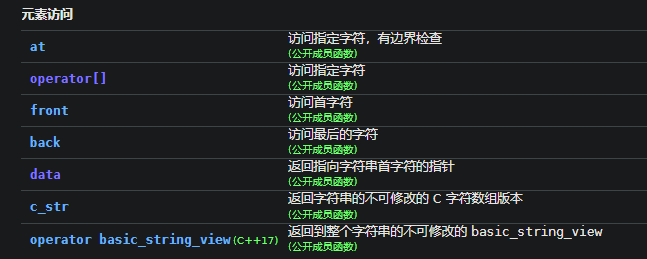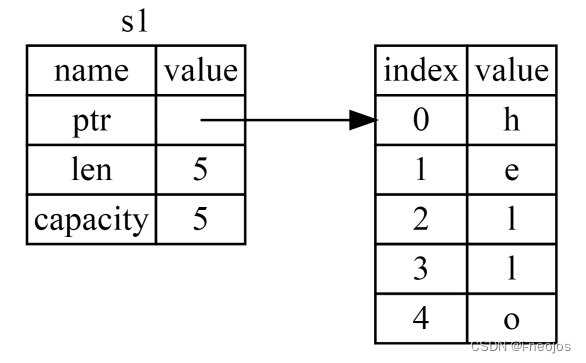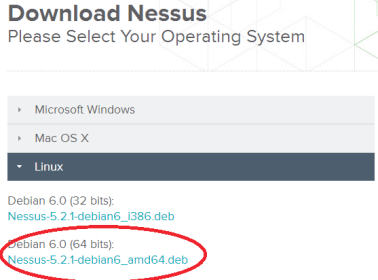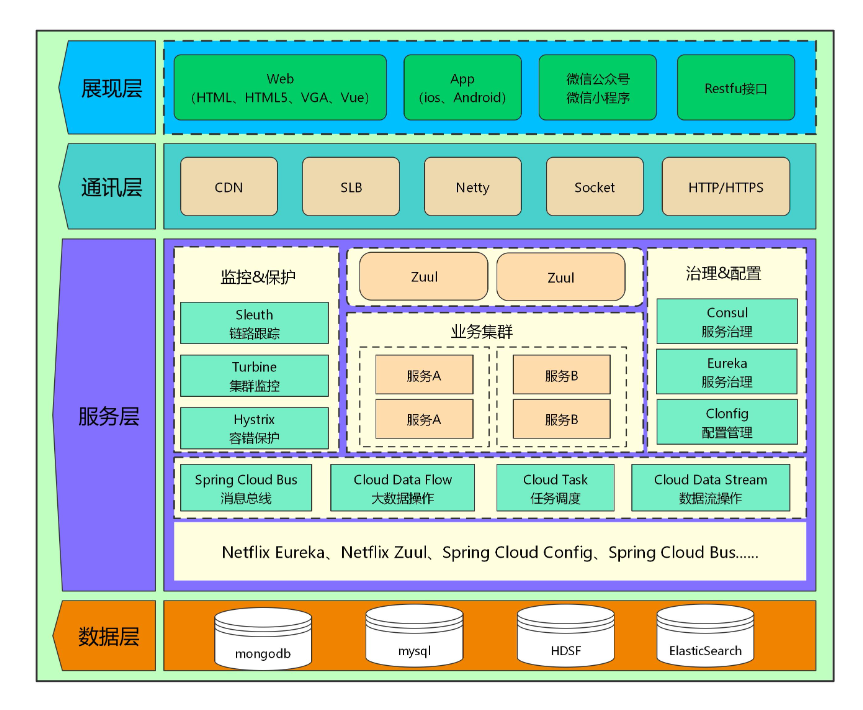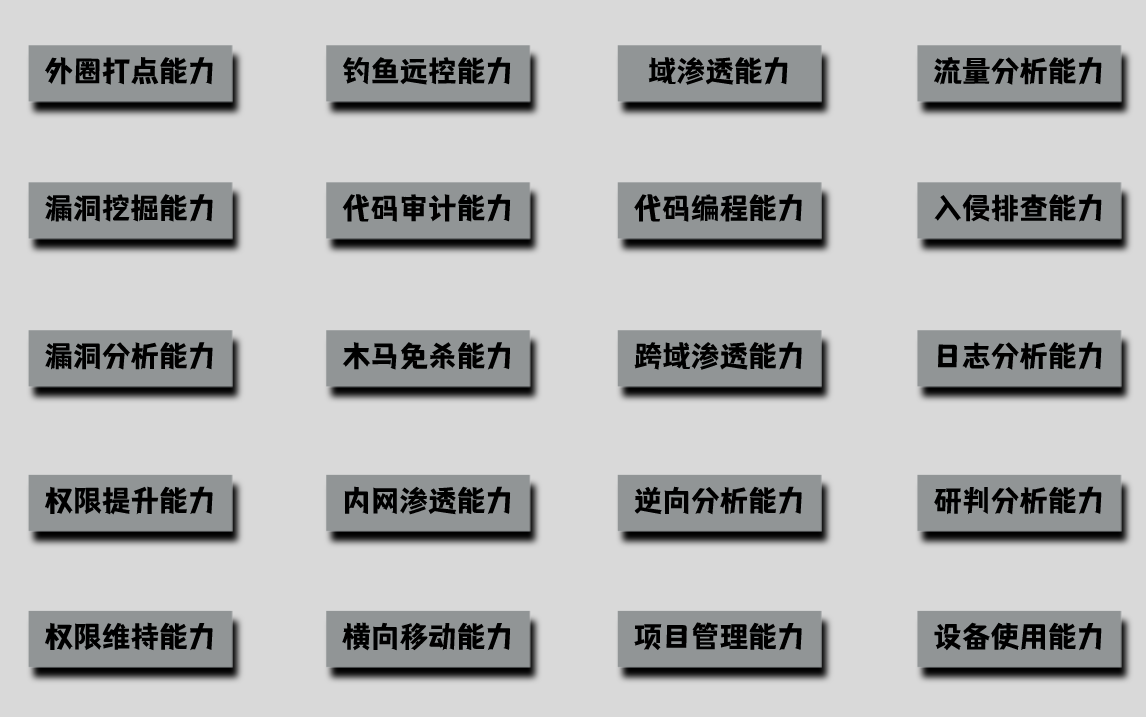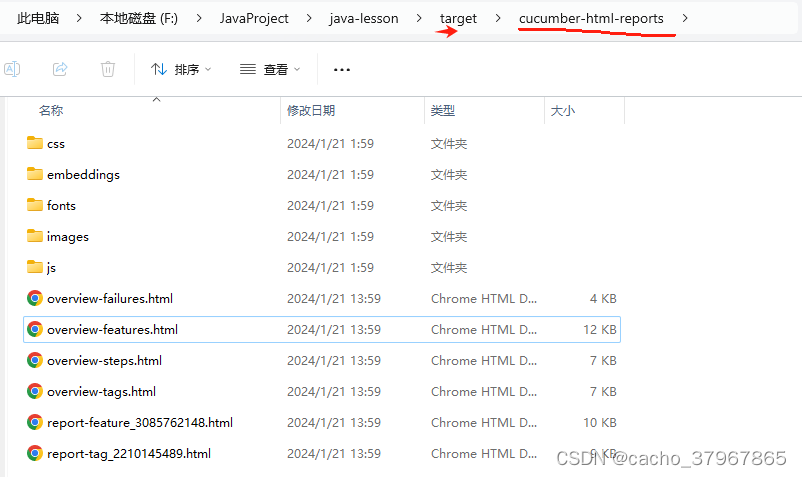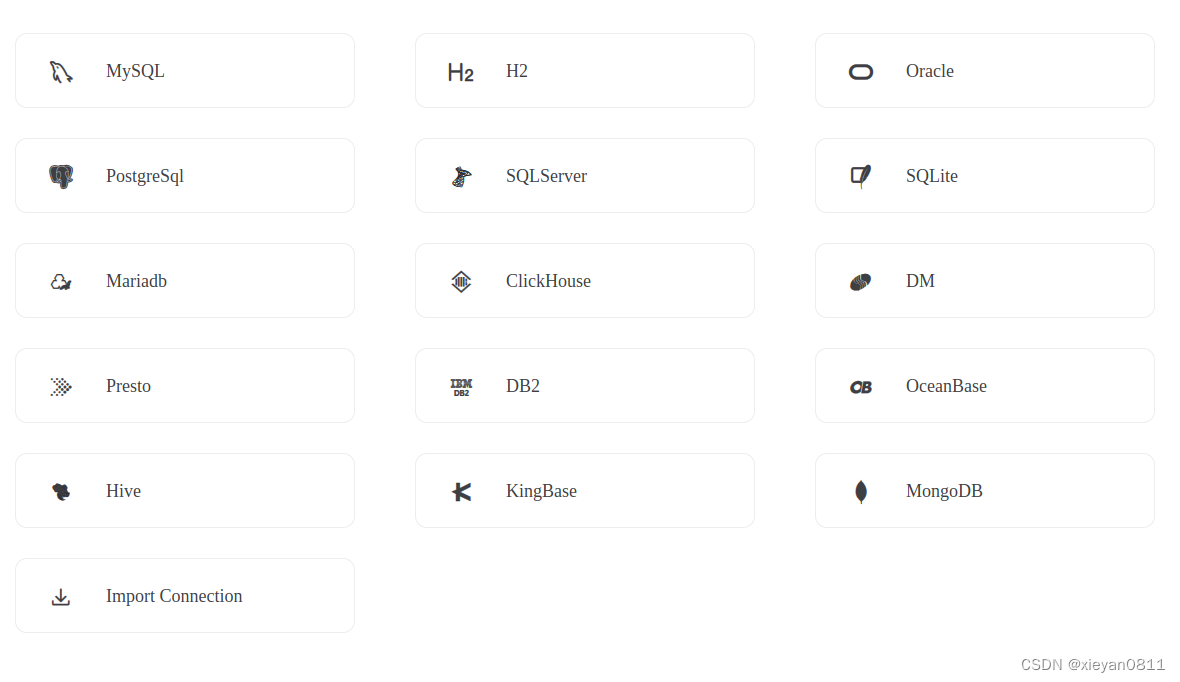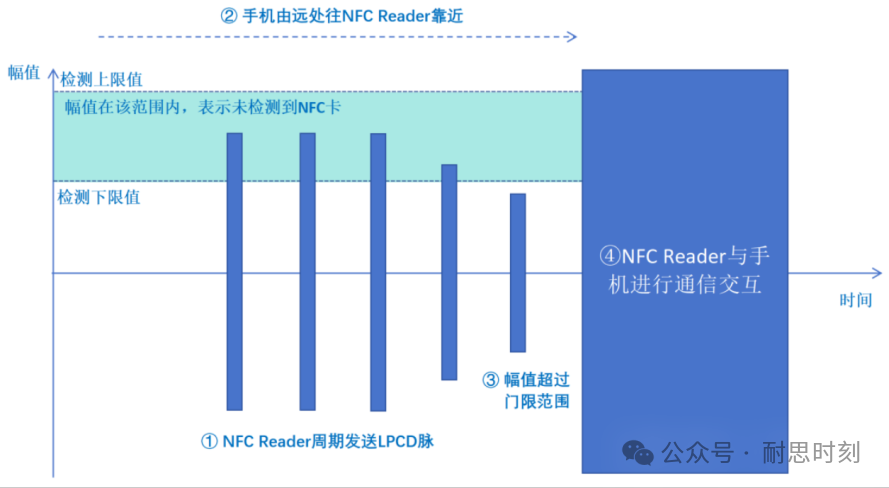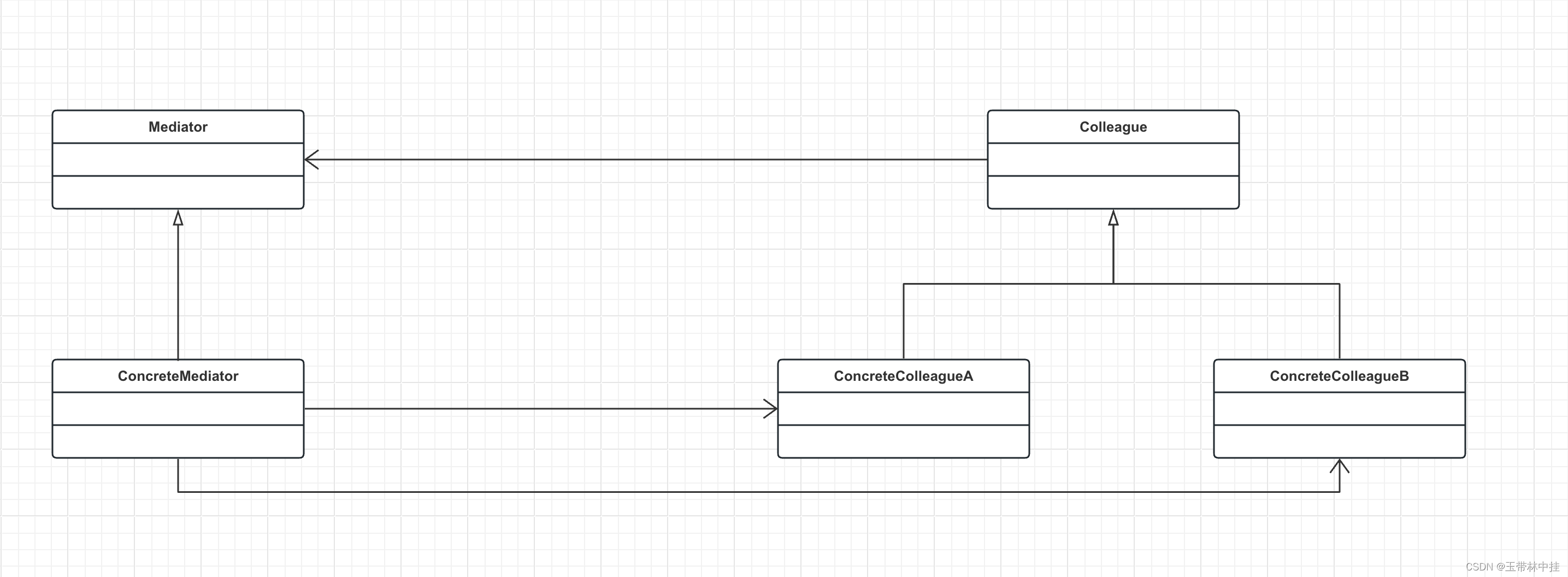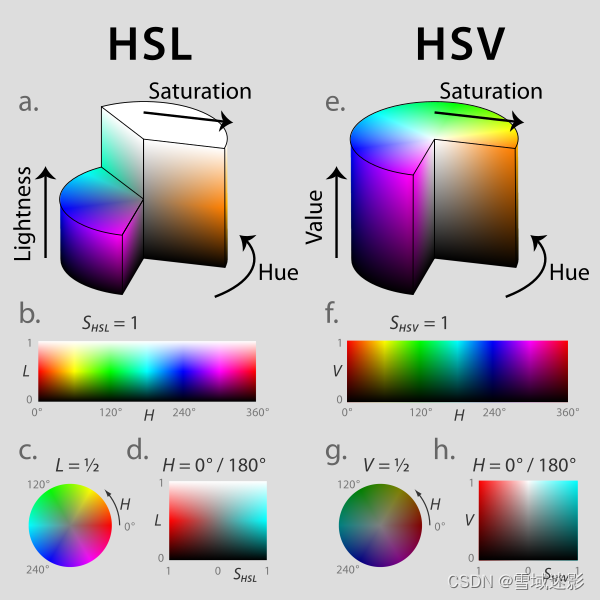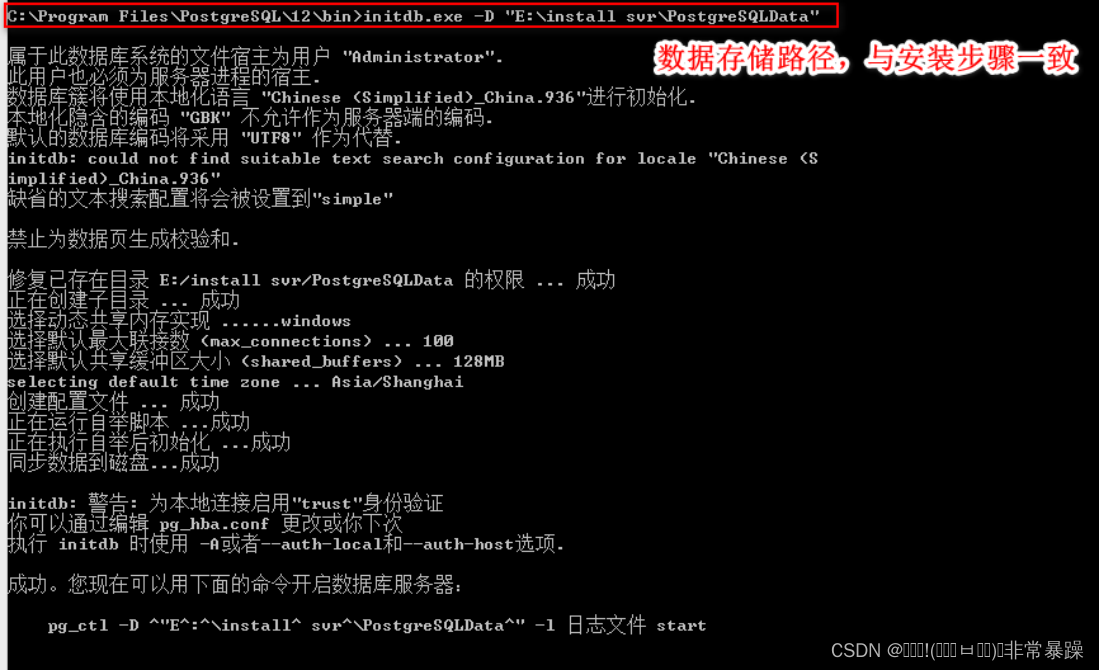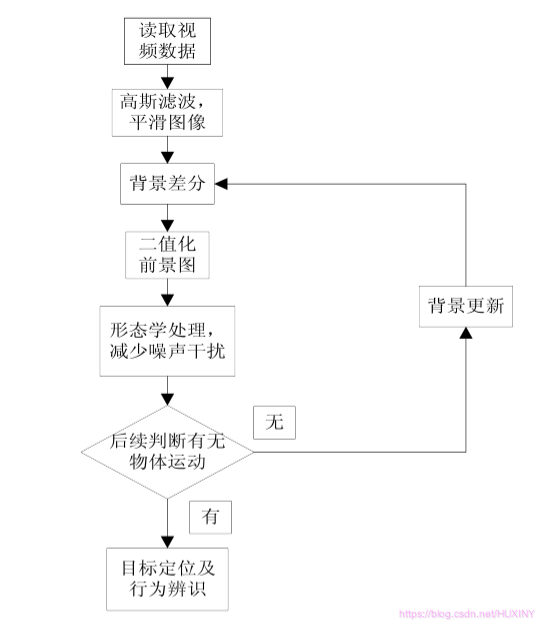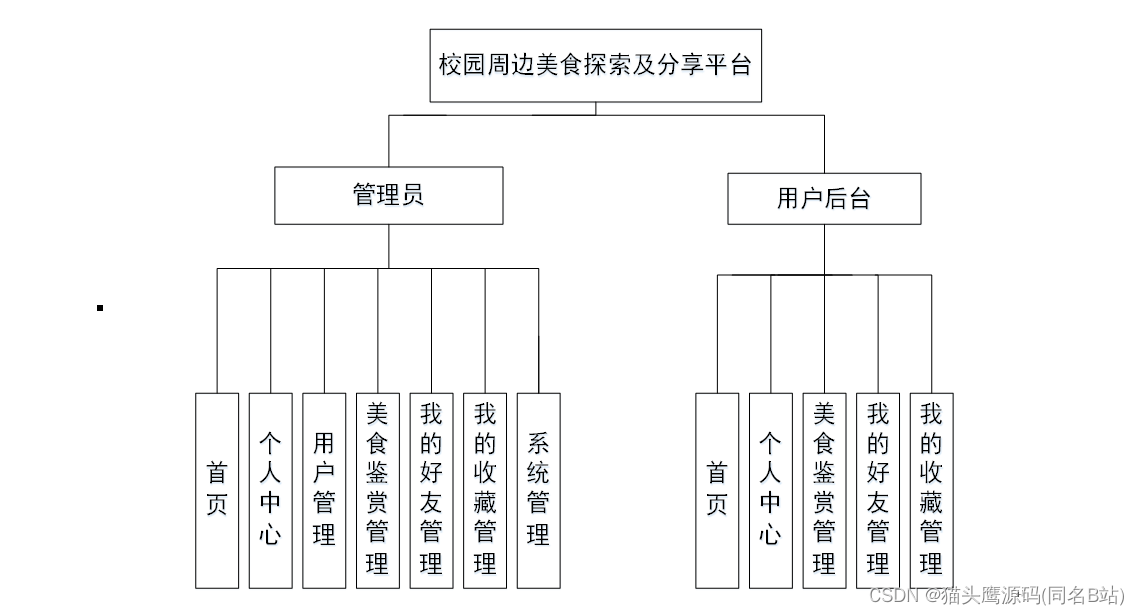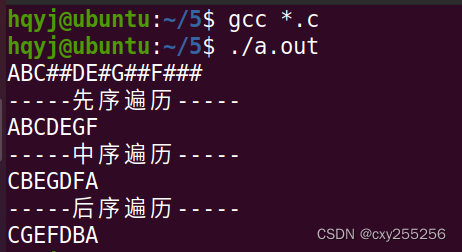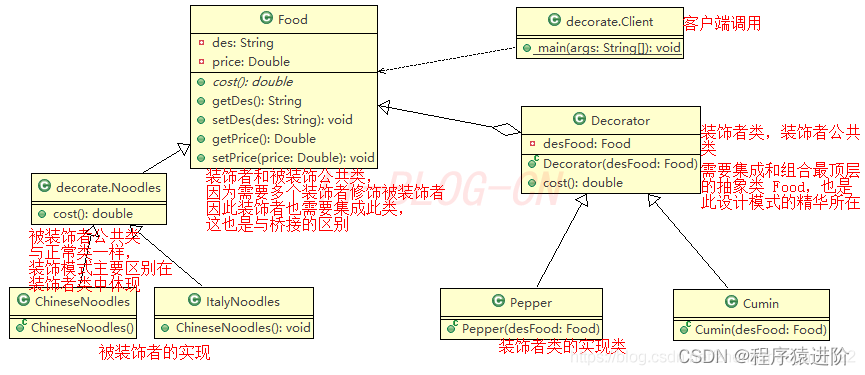前言
C#基础学习入门系列- C# 字符串(String)
一、C#字符串(String)
C#字符串(String)是一种不可变的序列字符。任何对字符串的操作都会返回一个新的字符串。字符串在C#中是一个引用类型,使用System.String类表示。
字符串可以通过使用双引号或者@符号来创建。双引号用于创建普通字符串,例如:
string str1 = "Hello World";
string str2 = "C#";
@符号用于创建原始字符串,不会对转义字符进行处理,例如:
string str3 = @"C:\Windows\System32";
在C#中,字符串可以通过+运算符进行连接 例如:
string str4 = str1 + ", " + str2;
也可以使用插入占位符($)来进行字符串插值,例如:
string str5 = $"{str1}, {str2}";
**也可以使用new关键字创建字符串对象,**例如:
string str = new string('a', 5); // 创建一个由5个'a'字符组成的字符串
访问字符串中的字符:可以使用索引运算符[]来访问字符串中的单个字符,索引从0开始计数,例如:
char firstChar = str[0];
格式化字符串:可以使用字符串插值(string interpolation)或者string.Format()方法来格式化字符串,例如:
int age = 20;
string name = "John";
string message = $"My name is {name} and I am {age} years old.";
string formattedMessage = string.Format("My name is {0} and I am {1} years old.", name, age);
字符串还有许多有用的方法,例如Substring()、Length、ToUpper()、ToLower()等,可以对字符串进行各种操作和处理。
需要注意的是,字符串是不可变的,也就是说,一旦被创建,就无法修改。每次进行字符串操作时,实际上是创建了一个新的字符串对象。这点需要注意,因为在处理大量字符串时,频繁的字符串操作可能会造成性能问题。如果需要频繁修改字符串,可以使用System.Text.StringBuilder类来代替字符串。
二、String 类的属性/方法
C#的String类有以下几个常用的属性:
- Length:获取字符串的长度,即字符的数量。例如:
string s = "Hello"; int len = s.Length; // len的值为5。
- IsNullOrEmpty:判断字符串是否为null或者空字符串。例如:
string s = "";
bool result = string.IsNullOrEmpty(s); // result的值为true。
- IsNullOrWhiteSpace:判断字符串是否为null、空字符串或者由空格组成的字符串。例如:
string s = " ";
bool result = string.IsNullOrWhiteSpace(s); // result的值为true。
- Chars:通过索引获取字符串中指定位置的字符。例如:
string s = "Hello"; char c = s[0]; // c的值为'H'。
- ToUpper:将字符串转换为大写字母。例如:
string s = "hello"; string upper = s.ToUpper(); // upper的值为"HELLO"。
- ToLower:将字符串转换为小写字母。例如:
string s = "HELLO";
string lower = s.ToLower(); // lower的值为"hello"。
- Trim:去除字符串两端的空格。例如:
string s = " Hello ";
string trimmed = s.Trim(); // trimmed的值为"Hello"。
- StartsWith:判断字符串是否以指定的字符串开始。例如:
string s = "Hello, world";
bool result = s.StartsWith("Hello"); // result的值为true。
- EndsWith:判断字符串是否以指定的字符串结束。例如:
string s = "Hello, world";
bool result = s.EndsWith("world"); // result的值为true。
- Contains:判断字符串是否包含指定的子字符串。例如:
string s = "Hello, world";
bool result = s.Contains("world"); // result的值为true。
这些属性可以帮助我们对字符串进行常见的操作和判断。
总结
以上就是今天的内容了,C#String的简单介绍,以及常用的属性/方法使用



